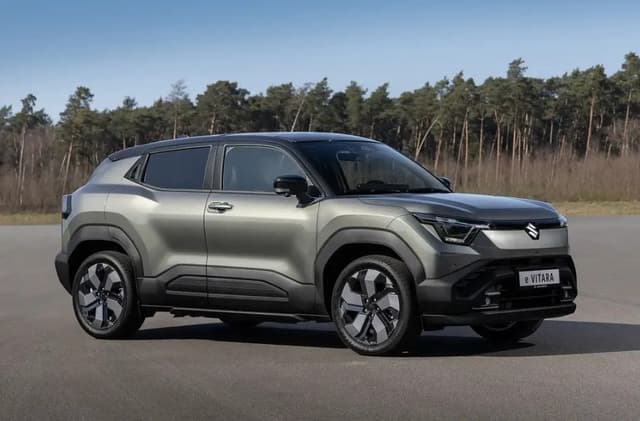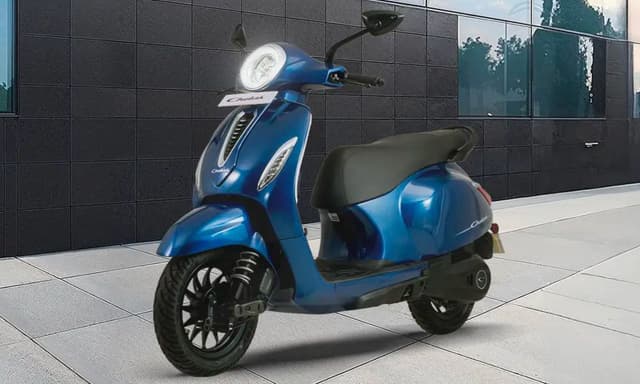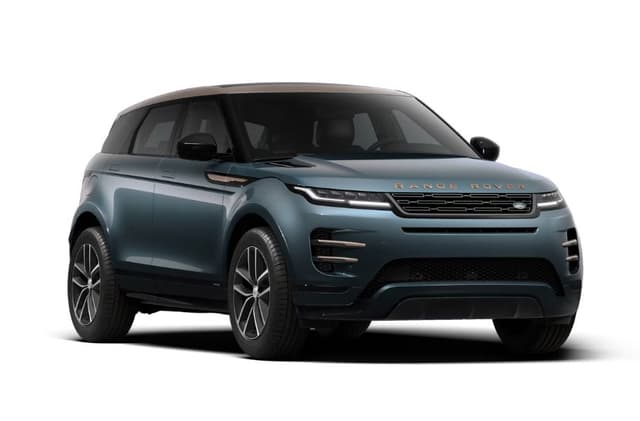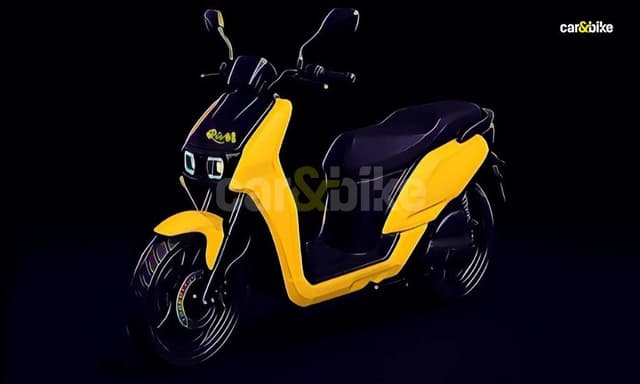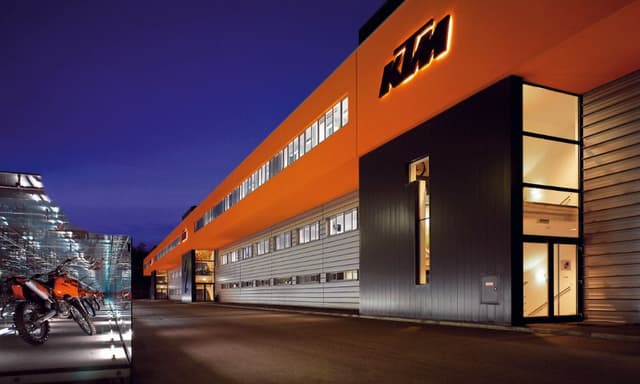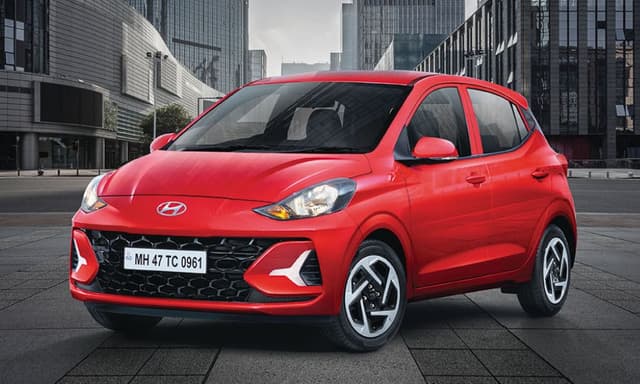Trump Administration To Unveil Revised Guidelines For Self-Driving Cars

Highlights
The Donald Trump administration plans to unveil revised self-driving car guidelines this summer to give carmakers more freedom to develop self-driving car technologies, the US Secretary of Transportation Elaine Chao has said. Speaking during the Detroit Auto Show, she said the government is set to issue third set of voluntary guidelines for self-driving cars this summer, the Detroit News reported late on Sunday. The approach to self-driving cars "will be tech neutral and flexible -- not top-down, or command and control".
Also Read: General Motors Shows Self-Driving Car With No Steering Wheel Or Pedals
"The (Transportation) Department will not be in the business of picking winners or losers or favoring one form of technology over another," Chao said.
The government is updating its guidelines "to avoid a patchwork of different approaches by encouraging interoperability standards and consistent rules, while respecting the role of state and local governments," she told the audience.
"It will address barriers to the safe integration of autonomous technology for motor carriers, transit, trucks, infrastructure and other modes, as well," Chao added.
Chao said the guidelines will be consistently updated to keep up with innovation, adding that the government has made a call out to identify regulatory and infrastructure barriers to innovation.
Also Read: Nvidia Partners With Uber, Volkswagen In Self-Driving Technology
The US auto maker General Motors has already asked permission from federal regulators to deploy its first driverless car fleet in 2019.
"General Motors filed a Safety Petition with the Department of Transportation for its fourth-generation self-driving Cruise AV, the first production-ready vehicle built from the start to operate safely on its own, with no driver, steering wheel, pedals or manual controls," GM announced last week.
GM plans to deploy its self-driving vehicles first for ride-sharing service. Customers will use a mobile app to request a ride, just like they use ride-sharing today. The only difference is that customers will control the experience through buttons and touch screen tablets.
With a vision of zero crashes, zero emissions; GM claims that the driverless Cruise AV "has the potential to provide a level of safety far beyond the capabilities of humans."



